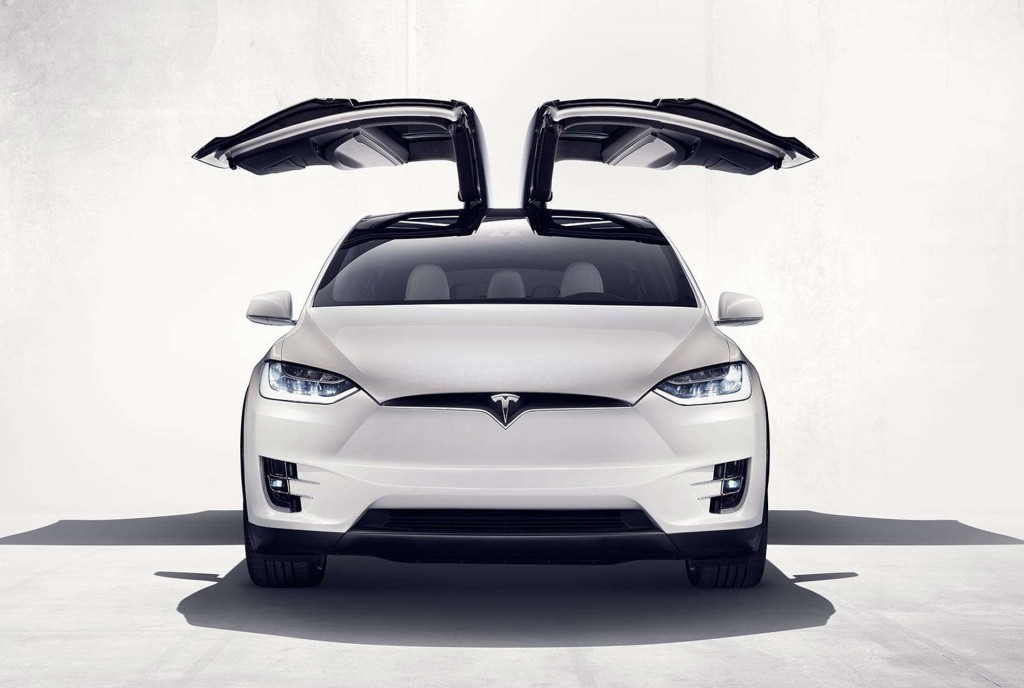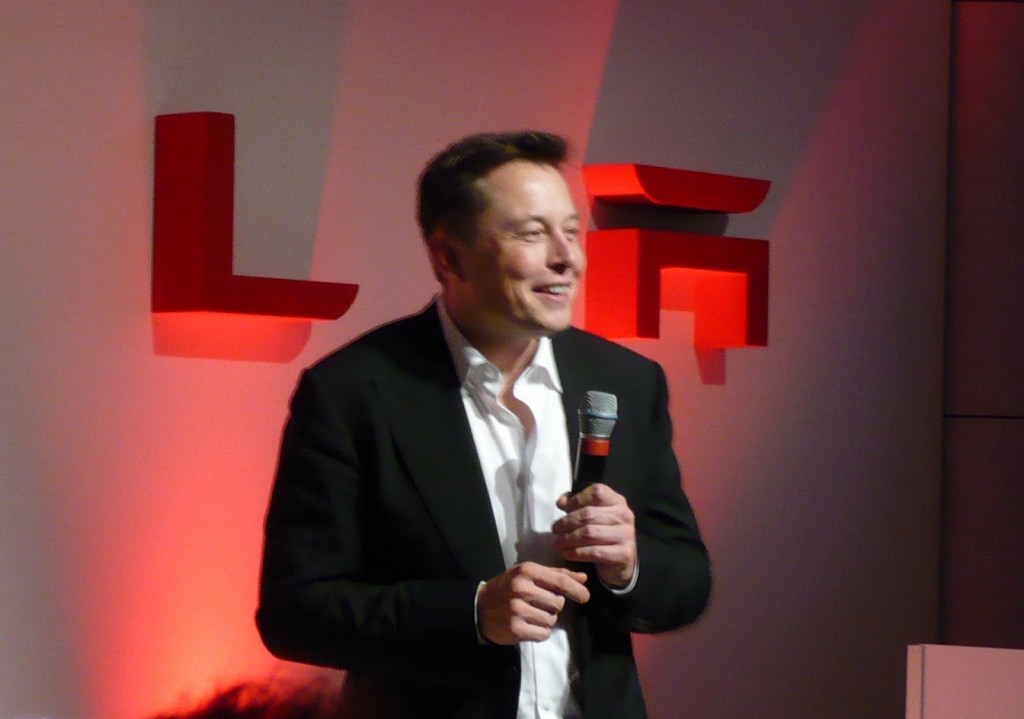Tesla Motors has a history of delays in bringing its cars from the design and prototype stage all the way to normal production.
Its Roadster was delayed about nine months from its original anticipated launch, while the Model S was delayed more than six months. And then the Model X was delayed by more than 18 months.
Musk has called the Model X a special case, emphasizing that the company tried to put too many new features and technologies into the product from the start, while it perhaps should have introduced some of those features as improvements over time.
ALSO SEE: Tesla says it will build 500K cars a year by end of 2018; can it?
The Model X’s complex, double-jointed Falcon Wing doors—now the subject of a lawsuit against supplier Hoerbiger Automotive Comfort Systems—have of course been blamed for some of that delay. Configuring the second-row seat in that electric utility vehicle proved also to be a major design challenge.

2016 Tesla Model X
Even if you give the Model X a pass, Tesla is pushing up against some new challenges with its Model 3, the company’s first high-volume model. For that, the automaker will need to set up a mass-production supply chain, and get its own assembly facilities and battery Gigafactory in order.
Musk anticipated that deliveries of the Model 3 sedan will start in late 2017; and to get there, last week on Tesla’s Q1 earnings call Musk pointed out that they’re setting a July 1, 2017, production-capability deadline.
"In order for us to be confident of achieving volume production of Model 3 by late 2017, we actually have to set a date of mid-2017 and really hold people's feet to the fire, internally and externally," Musk said on the call.
It’s an odd admission from Musk—essentially admitting that he sets fake deadlines with the assumption that there will be some level of failure along the way.
Prior to making many supplier decisions for the Model 3, the automaker still needs to lock in design details. The Model 3 was revealed nearly six weeks ago in what turns out to be closer to concept-car form rather than in production-prototype form.

Tesla Motors CEO Elon Musk at Tesla Store opening in Westfield Mall, London, Oct 2013
You could argue that these games of wishful thinking are just part of Musk’s strategy to assure that Tesla has adequate funding. As Bloomberg’s Tom Randall puts it: “In the more typical expectations game played by publicly traded companies, the 2018 goal just doesn't make sense. Normally, companies prefer to overperform. Instead, Musk is making the future come early again—only this time, it's Tesla's day of reckoning he's moved up.”
GM, for example, has done quite the opposite, in projecting a modest 30,000 annual sales for its Bolt—a figure that many analysts see as conservative and at least one sees at the 80,000 level.
And now Tesla says that it will reach the 500,000-cars-a-year rate by 2018—two years earlier than it had originally projected.
As we’ve reported, Tesla is up against a critical mass of challenges—of growing sales of Model S and X, while launching the Model 3 and rapidly ramping up production to a rate at which it can reach that sales and production rate.
Will Tesla meet this goal, or be fashionably late by however many months (or years)? Or is moving the goalpost—with volume projections then up across the industry, potentially lowering costs along the way (and pushing the product-development team to the limit)—really the point?
_________________________________________













